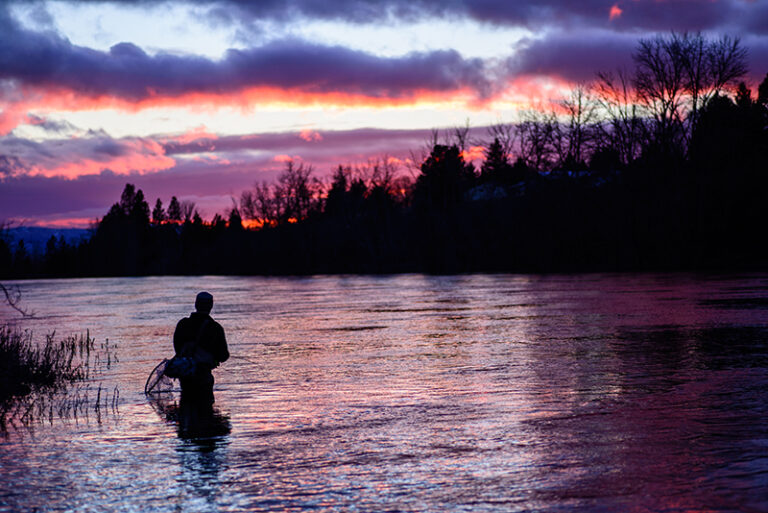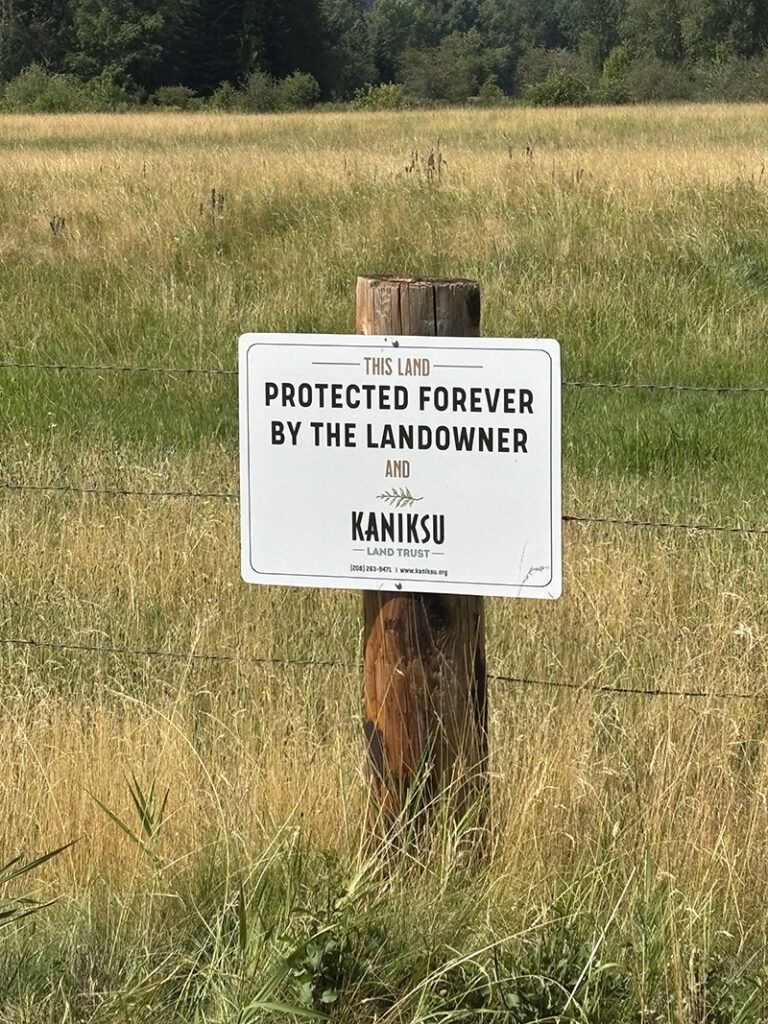PEDAL POWER: THE QUIET RISE OF THE BICYCLE IN AMERICAN PUBLIC LIFE
J. Harry Wray
Paradigm Press, 2008, 236 pages.
EARLY IN Pedal Power: The Quiet Rise of the Bicycle in American Public Life, J. Harry Wray aptly illustrates the struggle faced by those promoting the bicycle as a viable transportation alterative. For many Americans, bicycles are toys that opened new vistas in their childhood; however, upon reaching adolescence, these same bicycles were, and typically still are, left to rust in garages and basements in favor of cars.
Wray, a professor of political Science at Chicago’s DePaul University, argues that this needn’t be the case. Rather, the bicycle can move people around town and work as a catalyst to better connect us to our physical, social and political environments. This connection can help us overcome the social isolation fostered by the automobile and urban sprawl while battling the increasing threat of global warming. It’s a tall order for a simple machine but many readers will come away from the book thinking it possible, one cyclist, one city, at a time.
The title, however, is something of a misnomer. Wray writes more about how things could be if the bike were to achieve more exalted status as a transportation choice than about any actual rise of the bicycle. He posits Amsterdam as the nirvana of a bicycling culture, but our history and politics make it unlikely any American city, never mind the nation, can attain comparable commitment and participation. While Wray documents the strides bicycling has made, particularly in Portland, Oregon and Chicago, nearly the whole of the nation lags well behind these cities when it comes to bicycling as an integral part of the transportation infrastructure and political mindset.
Ultimately, Wray provides bicycle advocates a template for understanding and organizing cycling interests so they can address concerns at the local, state and federal levels. Pedal Power should be required reading for cycling advocates for the insight it provides to the issues, personalities and projects that have shaped, and will continue to shape, the state of American bicycling.
Bradley Bleck
ANIMAL, VEGETABLE, MIRACLE: A YEAR OF FOOD LIFE
Barbara Kingsolver, with Camille Kingsolver and Steven L. Hopp
HarperCollins, 2007 352 pages.
READ THIS BOOK.
Even if you are not a fan of Barbara Kingsolver’s body of work as a writer of almost painfully beautiful novels like Prodigal Summer and The Poisonwood Bible, read this book. Read it because you eat food and live in a country where the average consumer has no connection with how food is grown and raised and processed. Devour this book for the winter squash recipes and for the aside on the history of asparagus, for tidbits on organic growing practices and the truth about rhubarb, for the joys and challenges of drowning in homegrown tomatoes and zucchini. Read it so you will know how and why American food production changed in the 20th century. Read it for the utterly (and surprisingly) fascinating and ultimately lovely lesson on the reproductive habits of turkeys (or at least what they used to be before our factory farming methods bred away the instincts for these bird to even procreate or parent).
Animal, Vegetable, Miracle – Kingsolver’s latest, is the true story of her family’s exodus from Arizona to Appalachian Virginia and their attempts at eating primarily the fruits of their own land and labor, or those of local farmers, for a year. Month by month the family’s planting, weeding, shopping, butchering, canning, drying, cooking and eating is chronicled with the suspense of a good mystery. Sidebars by Kingsolver’s daughter and husband break up the narrative with simple and mouth-watering recipes, the dirt on farm politics and subsidies, mad cow disease, and the conditions for animals in factory farms.
Yes, as some reviewers have noted, the in-depth asides on such topics as oil consumption and how far our food travels to get to supermarkets may feel a bit preachy at times to some. But this is one sermon we all need to hear. Any of these bits you may be tempted to gloss over along the way are worth the practically miraculous ending.
And yes, it does involve turkey sex.
Angie Dierdorff
SHADOW OF THE SILK ROAD
Colin Thubron
Chatto and Windus, 2006, 344 pages.
FOR AT LEAST FOUR MILLENNIA the Silk Road provided a conduit through which goods and ideas flowed between eastern and western cultures. Not a single path but a corridor along which traders carried their goods the Silk Road is as much responsible for the culture of China as it is for China’s impact on the west. Silk, noodles and gunpowder may have come to the west from China, but Silk Road details many instances of western cultural impacts in China.
Traveling from Xian, the ancient capital of China, to Antioch on the Mediterranean Sea Thubron passes through seven countries and many more cultures. The author’s insightful observations of culture along his route suggest bases for many of the conflicts between east and west. Interviews, disguised as informal chats, with peasants along the way reveal differing views of nature, God and the value of human life. These differences form nearly insurmountable barriers to communication between eastern and western cultures. The causes for the instability of the governments in the legion of the independent states created with the fall of the Soviet Union is effectively grappled within the book.
Once again Thubron lives up to his reputation as a painter of vivid word pictures of his world. Reading Shadow of the Silk Road had me eagerly reaching for a dictionary for the first time in years. But, don’t let the fear of new words scare you away from this book. As does any good author, Thubron uses the context of new words to provide an idea of their meaning; a dictionary is not essential for understanding the book.
The Shadow of the Silk Road reveals at once a beautiful and complex landscape and the historic cultural and political views that make Central Asia such an important element in world affairs. Reading this book is an informative and pleasurable way of learning about the difficult political and religious conflicts in the Middle East and Central Asia.
Stan Miller













